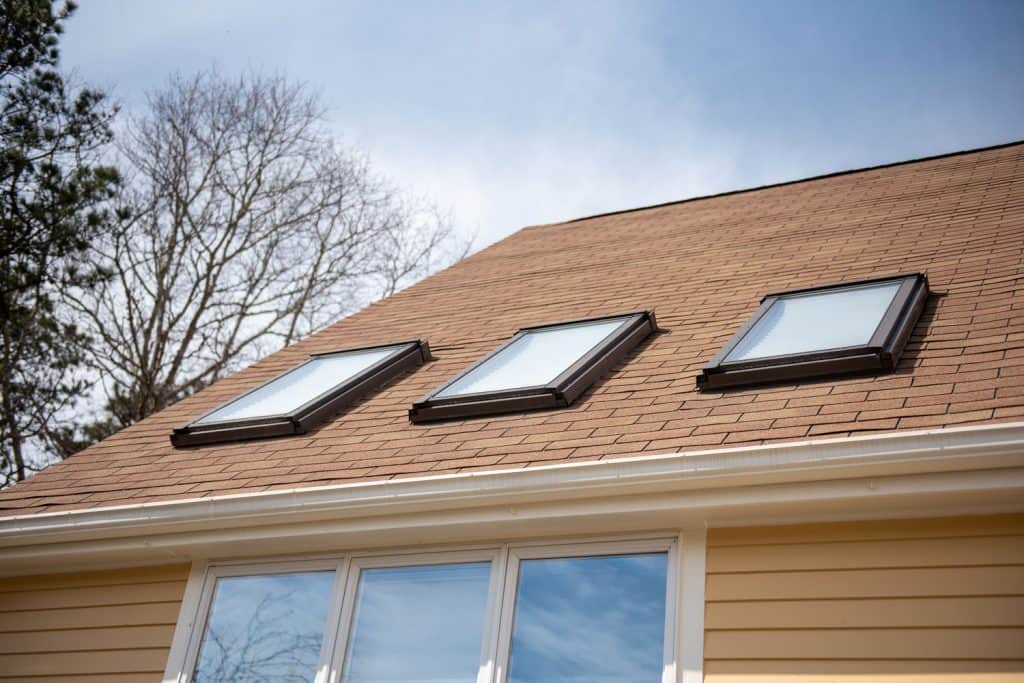During roof construction, flashing may be neglected or installed incorrectly. It is a critical component of the roofing system. It waterproofs, and air tightens your roof, encapsulating the outer envelope that protects your house's interior from the elements. You probably know that flashing is the metal substance that prevents water from entering your roof, between your walls, or via your window openings. However, as a property owner, you may not know the various types of flashing available or their essential functions. It is also necessary to know, What Are The Pros and Cons of Roof Flashing? I will discuss this more later.
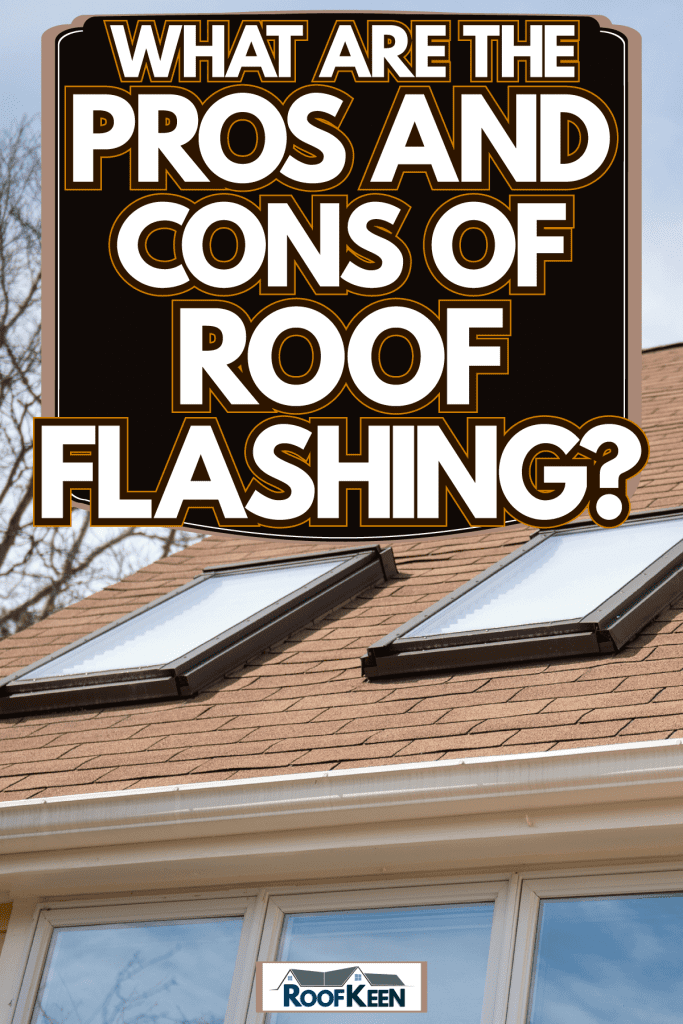
What is flashing?
Flashing is used to seal up gaps in the roof's surface where a projection meets it at a chimney or skylight. These locations frequently develop large leaks if not properly sealed. The ease of installation and durability are two aspects to consider when looking for an asphalt shingle roofing contractor. Flashing is required at these locations, as the seams that join one piece of shingles to another expand and shrink depending on weather conditions.
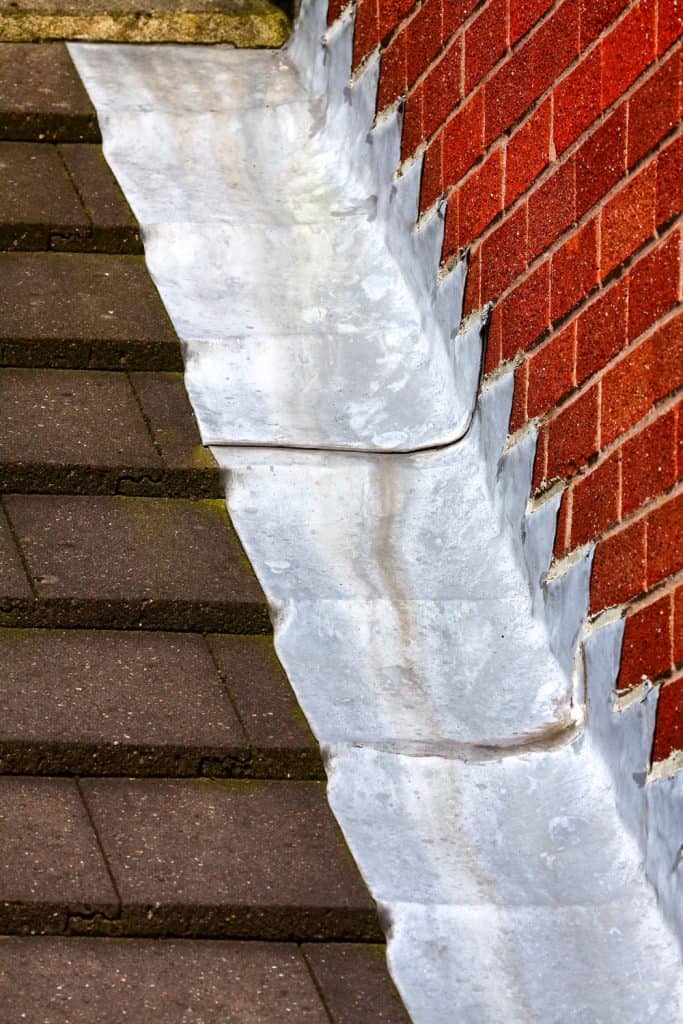
What Is the Use of Flashing?
When it comes to keeping water from entering your home, you may believe roofing is the true superhero. However, flashing is the underappreciated sidekick in this scenario. It isn't particularly thrilling, but it plays a vital role. Metal flashing is used at various joints, such as rooflines, chimneys, windows, and corners, to keep water from seeping beneath the shingles and damaging the interior of your house.
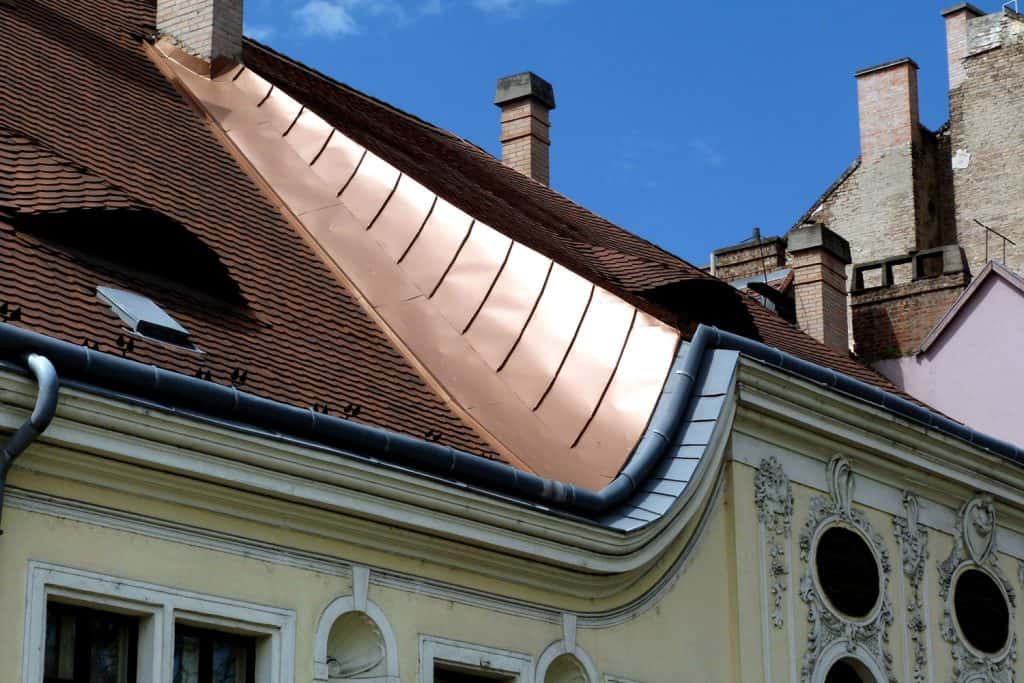
Flashing is an essential component of the overall roofing process. Shingles would be unable to perform their function successfully without it or underlayment.
What materials are utilized in flashing?
Flashing can be composed of various materials, including metal (copper, aluminum, stainless steel, lead, etc.), plastic, and composite materials. Metal sheet flashings are the most durable and costly flashing material available. Because of its longevity and ability to adjust to changes in weather, copper is the most prevalent metal flashing material. On the other hand, plastic is a less expensive alternative to metal, but it can become damaged over time if exposed to direct sunlight.
What Are The Pros and Cons of Roof Flashing?
Roof flashing is the most popular method for preventing leaks on your home's roof. When a top and a vertical surface, such as a house wall, meet in an area where they do not line up correctly, the flashing has to seal the gap. Lead has some favorable properties that make it an excellent building material but some more minor good attributes to bear in mind.
Pros
- The most significant benefit of roof flashing is its high degree of durability. This implies that your installed flashing will remain effective. It's fantastic for houses subjected to a range of elements and conditions, as it ensures that you won't have any cracking or melting in your roof during the hottest and coldest months of the year.
- Roof flashing may be molded into various shapes to match different flashing patterns. This has the advantage of allowing it to be used on any roof. It's also worth noting that roof flashing materials will not catch fire, giving you peace of mind during a lightning storm.
- Roof flashing is an excellent barrier against the elements. It is resistant to atmospheric corrosion, so it will endure longer than other kinds of flashing. It's also soundproof, which means your house will be somewhat quieter. Roof flashing is another type of insulation that prevents heat from escaping your building.
Cons
- Roof flashing is costly and challenging to install. The expense of roof flashing is one of its significant drawbacks. Roof flashing also needs a more advanced skill set, which skilled, experienced artisans must handle.
- Roof flashing is prone to placing significant strain on gutters and the structure's roofline since it is composed of heavy and challenging materials to install. Roof flashing can cause foundation cracks due to its weight and density, even if installed correctly.
What areas of the roof need flashing?
During initial roof construction, the flashing should be installed appropriately. Roof deterioration can be prevented by installing the roof appropriately. It may be difficult to replace or repair damaged flashing because it might take along. It should be long-lasting, of excellent quality, and suitable with the other materials on your roof. Not all flashing materials are suited to every type of roof. Flashing can also be damaged by hazards such as fallen trees or foot traffic even if properly installed.
Skylights:
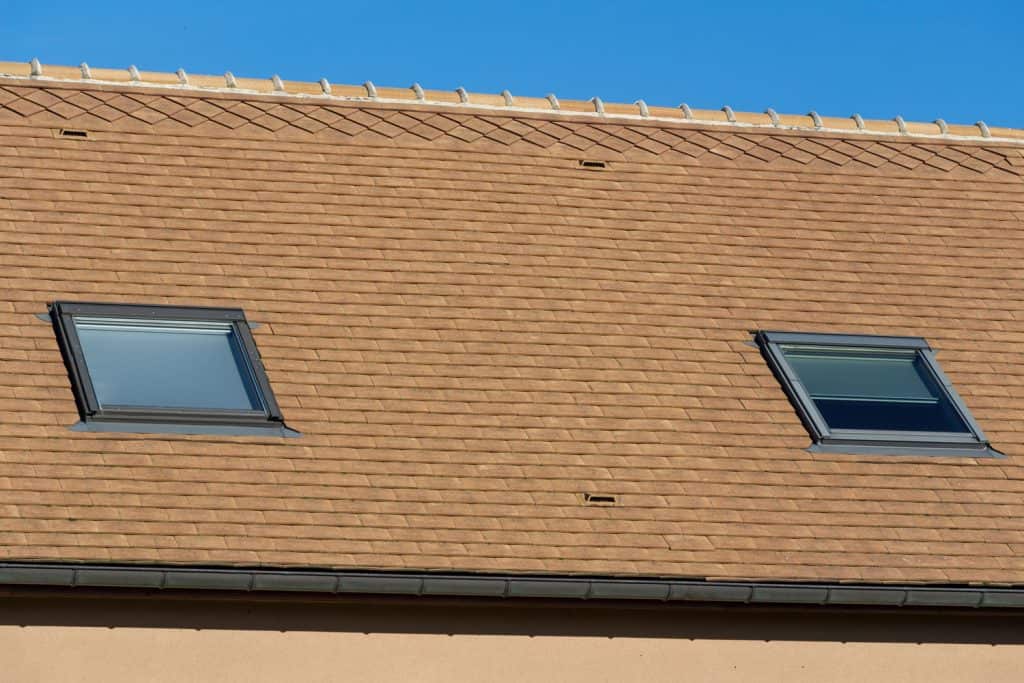
A continuous flashing is frequently used to form the seal required to keep water out around skylights. Skylights typically protrude far enough from the roof for ample flashing installation.
Vents:
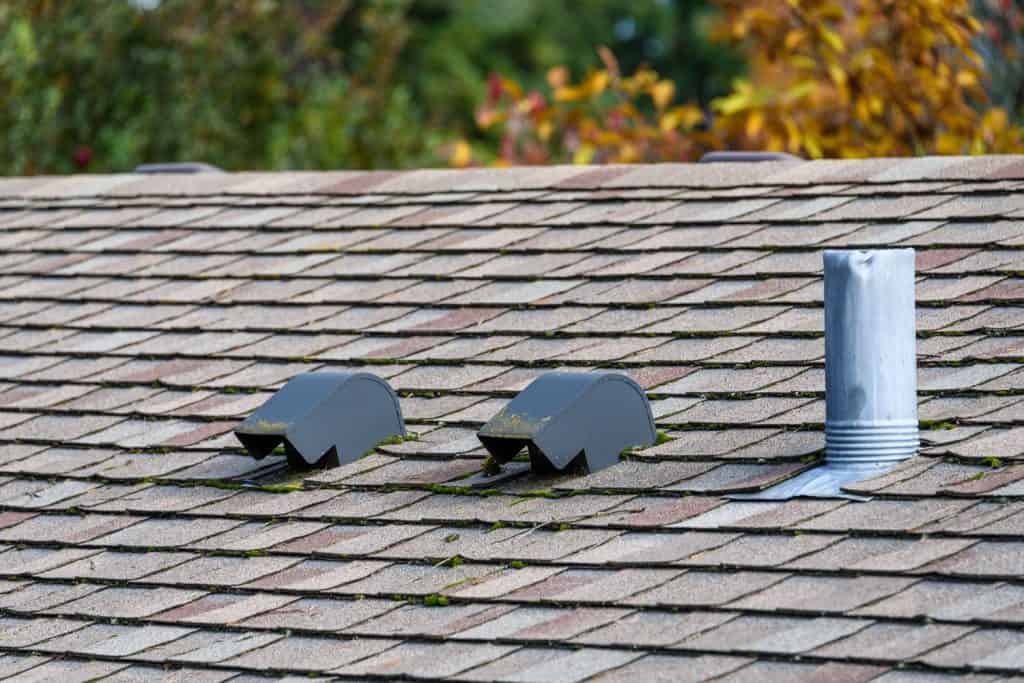
Hoods and stacks are the most popular roof vents (also known as stacks). A hood vent is installed by cutting a hole in your roof to accommodate it. Slide the flashing over the shingles on the ceiling above the vent location. The flashing should be installed directly below the vent and then adequately sealed. Finally, cover the vent with the vent cap.
Make a cut into the roof in the form of the vent installed within it for the pipe vent. A flashing installation should be done so that it extends eight inches above the pipe, six inches to the left and right of the pipe, and four inches below the pipe. The shingles beneath the line will overlap the flashing.
Chimneys:
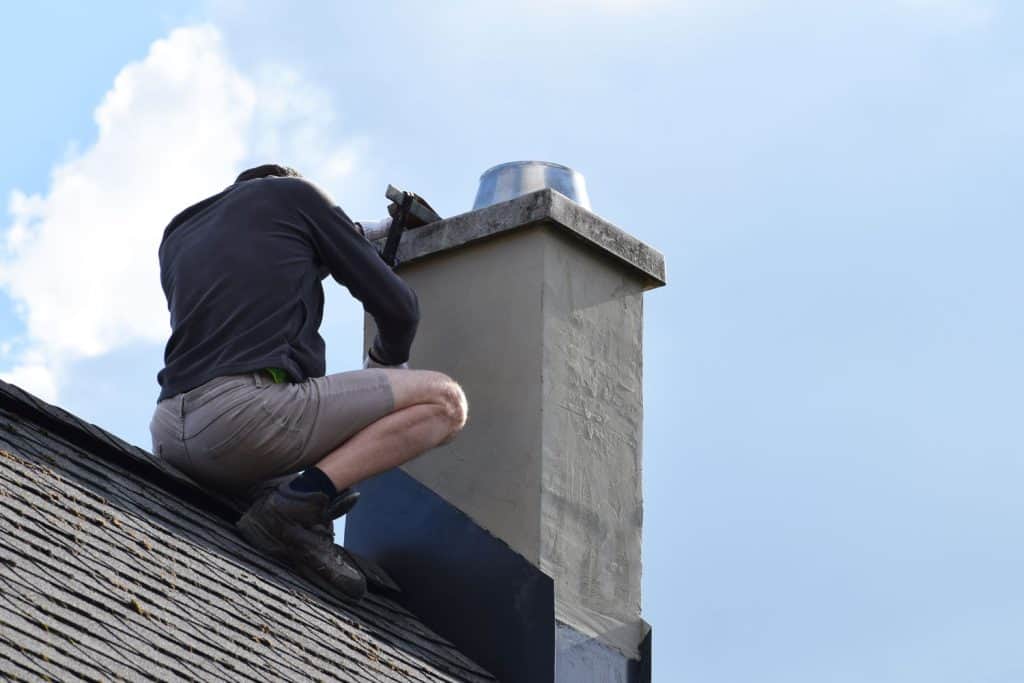
The chimney is wrapped in flashing strips, sealing the junction between the chimney and the roof. Like other structural components, the flashing slides beneath the shingles above the vent and intersects the shingle row on the bottom side of the structure.
Dormer:
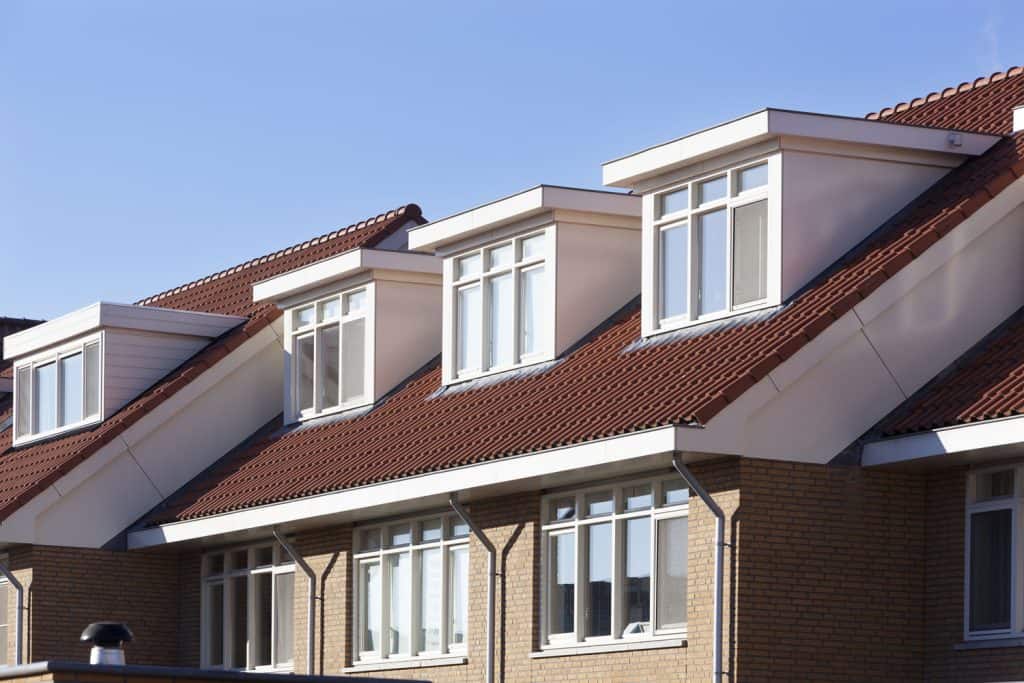
A dormer is a structural component that protrudes from the side of a sloping roof. Dormer windows are frequently added or built to provide additional headroom within a structure. They also enable extra light and allow superb ventilation in the upper levels, such as the attic. Flashing can be put around the dormer either as a series of rectangular pieces installed between each row of shingles (or whatever type of roofing material is used) or as a band that runs around the projection and under the surrounding roofing material.
I highly advise you to consult with an expert to learn the most effective applications and types of flashing for your roof replacement or house construction project through it all. Experts have been educated in these goods and their installation, and they can help you choose the most appropriate solution.
